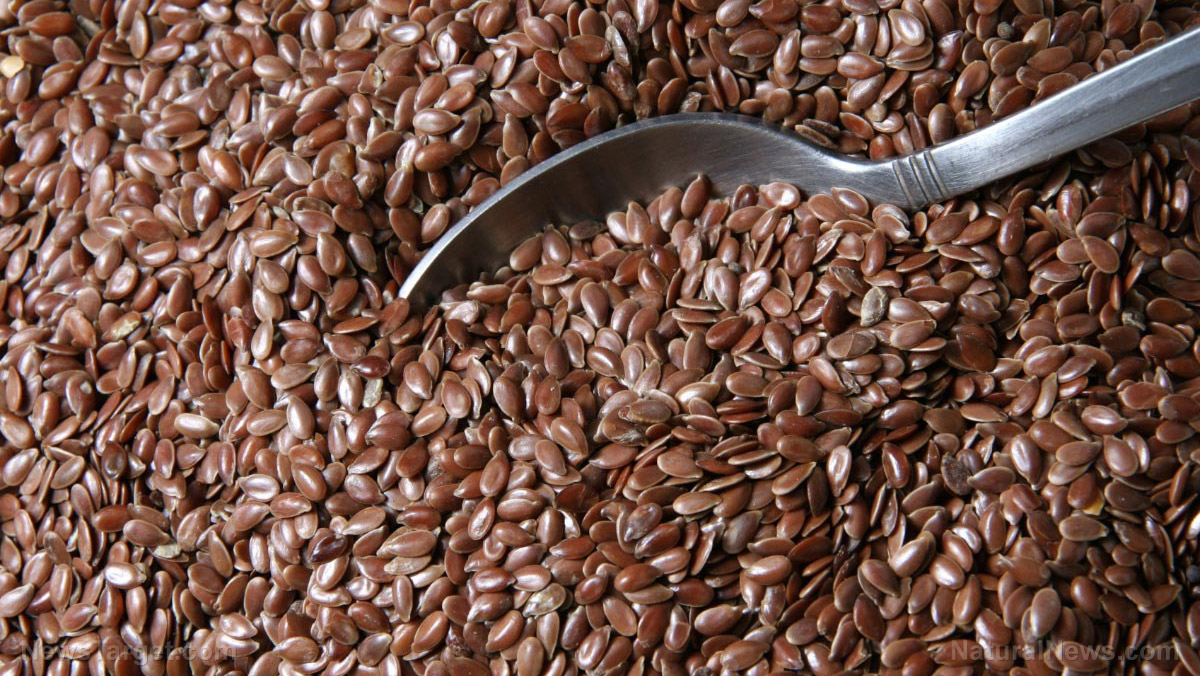Identifying Linum usitatissimum (flaxseed) proteins that contain antioxidant peptides
03/31/2021 // Evangelyn Rodriguez // Views
Tags: antioxidant peptides, bioinformatics, breakthrough, discoveries, flaxseed, flaxseed proteins, food processing, food science, Food storage, food systems, functional food, goodfood, goodscience, research

- The researchers used a range of bioinformatic tools to study the antioxidant peptides (AP) encrypted in the protein sequences of flaxseed.
- Using the BIOPEP database, they also assessed nine proteases (digestive, plant and microbial sources) for their ability to excise known APs from 23 mature flaxseed storage proteins.
- The researchers identified several protein families, including globulins and oleosins, which were the predominant proteins, and a small amount of conlinin. A total of 253 APs were identified from these families.
- Enzymatic hydrolysis released more peptides from the globulins than from the oleosins and conlinin.
- Plant proteases, such as papain, ficin and bromelain, were more effective at releasing APs from flaxseed proteins than the other enzymes tested.
- Toxicity analysis showed that none of the APs released were toxic; most of the APs had structural features that give the peptides antioxidant properties.
- Dipeptides and tripeptides had low molecular weights.
- The APs also had amphipathic properties, low Boman indices, a broad range of isoelectric points (pI) and an abundance of antioxidant amino acid residues (e.g., glutamic acid and histidine).
Based on these findings, the researchers concluded that flaxseed proteins are excellent sources of antioxidant peptides that can be used in hydrophilic and hydrophobic food systems.
Read the full study at this link.
Journal Reference:
Ji D, Udenigwe CC, Agyei D. ANTIOXIDANT PEPTIDES ENCRYPTED IN FLAXSEED PROTEOME: AN IN SILICO ASSESSMENT. Food Science and Human Wellness. September 2019;8(3):306–314. DOI: 10.1016/j.fshw.2019.08.002
Related Topics
antioxidant peptides bioinformatics breakthrough discoveries flaxseed flaxseed proteins food processing food science Food storage food systems functional food goodfood goodscience researchLatest News
Related News
05/21/2021 / By Evangelyn Rodriguez
Take Action:
Support Natural News by linking to this article from your website.
Permalink to this article:
Copy
Embed article link:
Copy
Reprinting this article:
Non-commercial use is permitted with credit to NaturalNews.com (including a clickable link).
Please contact us for more information.
Please contact us for more information.

















